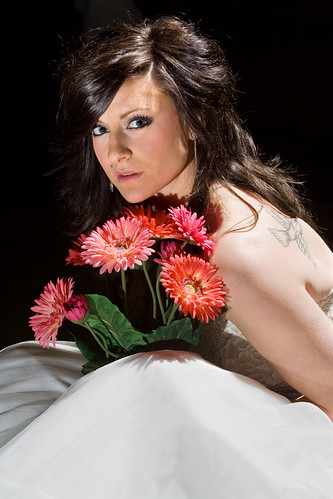I’ve managed to go the entire month of August without a post, due to a combination of travel, family activities, and vacations. So here’s a sweep of some of the things that I would have covered during that time.
1.0’s
The Chandler Project – Chandler has gone 1.0, so if you were put off by the version number, you can take it out for a spin. There are some good posts on the Chandler blog that describe how people are using it.
Django – Just today, the Django project had its 1.0 release. This is pretty important because there were a lot of changes in the subversion trunk that weren’t in the packaged builds. That’s all be done away with now. I expect that this will lead to even more Python webapps.
Tools
DTrace – DTrace is 5 years old today, and Bryan Cantrill has a good war story from that time. It’s amazing to me that something as good as DTrace can be around for 5 years, and still be relatively unknown. If you are on Solaris, OpenSolaris, or Mac OS X, go check it out.
Ubiquity – Ubiquity is like Quicksilver integrated into Firefox. It’s emphasizing the natural language aspects of that kind of interface. There’s also pretty good documentation on how to build additional commands, which is really important. There are extensions for Quicksilver, but there aren’t a lot of them. There are already a lot of third party Ubiquity commands. I really wish that Ubiquity could talk to other applications besides Firefox, but there are pretty nasty security problems down that path. Some of the commands are very Google oriented, like the mail and calendar, which makes it less useful for people like me who are still using desktop applications. In an event, I think that this is worth watching carefully. One unintended side effect might be additional pressure for page/application authors to embed machine-readable content (yes, that you, microformats, at least in part) into more pages. We’ll see.
Chrome – There’s a lot of buzz about Google’s Chrome browser. Since it doesn’t run on the Mac, I don’t have much to say. I’m not about to install Windows or fire up VMWare just to run a browser. One day the Mac port will be done, and then I’ll have a look. I am encouraged that the development team is doing a real Mac native experience.
Dynamic Language Runtimes
It’s been exciting to watch the progress in JavaScript runtime engines over the last few weeks. First there was Mozilla’s TraceMonkey, which is a tracing based JIT, which delivered some very impressive speedups, despite the fact that it still has cannot deal with recursion. As part of Google Chrome, a team lead by StrongTalk/HotSpot lead Lars Bak has done a JavaScript JIT called V8, which is also turning out some very impressive numbers. And of course, the SquirrelFish engine for WebKit was turning in pretty good numbers a few months back. This is great progress for JavaScript — it’s less so for the web because of the variety of deployed browsers. It’s exciting to watch the various JavaScript runtimes leapfrogging each other. It gives me the sense that JavaScript is really making some serious moves on the performance front. Of course, none of these folks are comparing their execution times to C or C++. I’d like to see those comparisons as well. It’s also great that all three of these engines are open-source, so that implementors of other languages can evaluate the internals of these VM’s. I’d love to see this kind of leapfrogging in the Python and Ruby communities.
Cameras
I’m not as interested in the camera body arms race as I once was. The Canon 50D is an upgrade of the 40D, but I’m not really sure that more pixels is better. The telltale feature on the camera is the autofocus system, which hasn’t been given much of an upgrade. That signals to me that the 5DMkII will not be the all out upgrade that many are hoping for, but what do I know? The Nikon D90 sounds cool if you want to shoot video. I have enough problems with still pictures.
I am interested in the Nikon P6000, point and shoot, but I am seriously annoyed by the NRW proprietary RAW file format for the camera. Everything about the camera seems awesome, especially the ability to do off camera flash, both iTTL and manual. The RAW thing is going to be the determiner for me. I won’t buy one unless there is Lightrooom/Adobe Camera Raw support for the camera. OS X native support wouldn’t be bad either. As a new Nikon owner, I am unimpressed by the NRW decision.
Travel
September is a heavy travel month for me. I will be in Birmingham, UK for PyCon UK, from Sept 12-14, and I’ll be at the JVM Language Summit from Sept 24-26. As always, stop by and say hello if you will be at one of these events.

